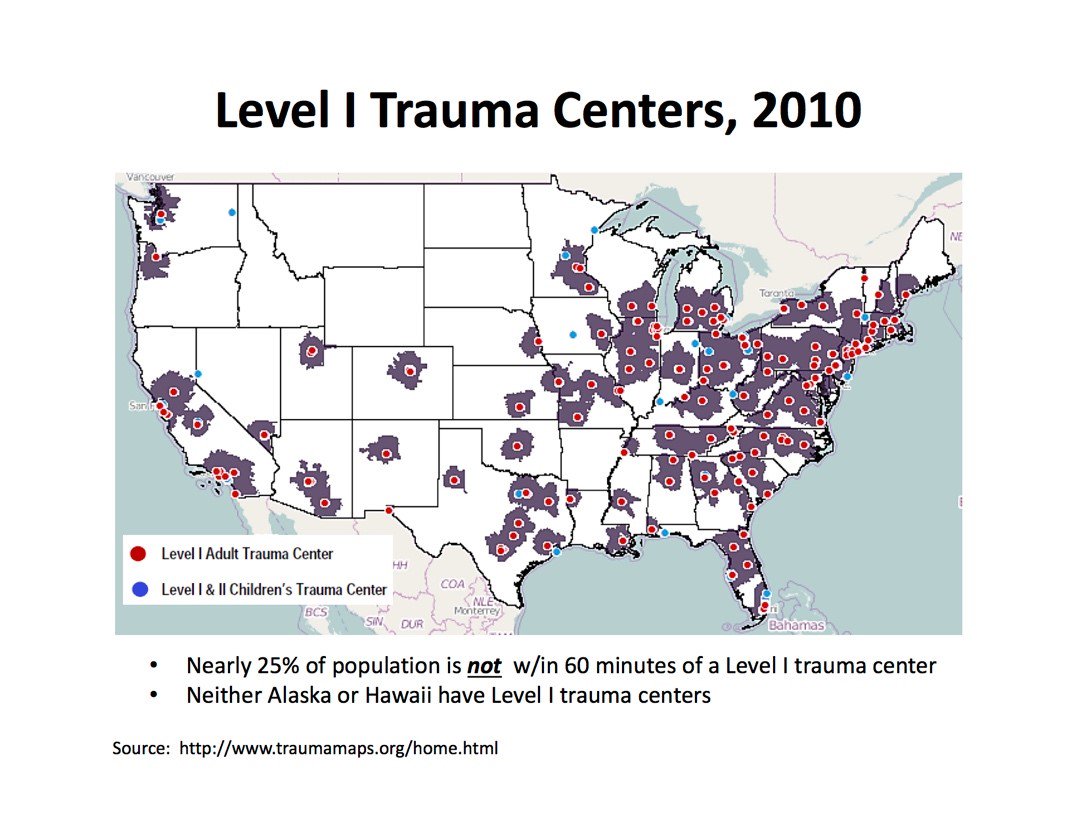

Rose Dominican Hospital in nearby Henderson, Nev., is a Level III.Įven the idea of expanding Las Vegas’ trauma network has stirred controversy. Sunrise Hospital & Medical Center in Las Vegas is a Level II facility and St. The metro area includes two other lower-level trauma centers. Those fees could range from a few hundred dollars to several thousand dollars on patients’ bills, Nolan said.ĭespite the burgeoning population of Las Vegas and surrounding Clark County, which more than doubled to 2.2 million in the past 25 years, University Medical Center has been Las Vegas’ only Level I trauma center since 1992. Some hospitals also began charging a fee - known as a “trauma activation” fee - to help pay for the extra staffing and equipment trauma units require. “But in suburban locations, where more people have insurance, you can do pretty well on trauma.” “Trauma had gotten a bad rap,” explained Nolan. In addition, a trauma designation can boost a facility’s overall reputation, Nolan added. Trauma centers, particularly those in inner cities, tended to attract more patients without health insurance.īut in recent years, hospitals have been competing to get the designation as a way to increase profits, in part because trauma centers enhance demand for surgery and ancillary services like CT scans. Level III centers have emergency medical staff, but will stabilize severely injured patients and often transport them to higher-level trauma centers.įor decades, the hospital industry viewed trauma care as a money-losing proposition because of the high costs of keeping doctors and nurses on standby 24 hours a day. There are another 310 Level II centers that face similar staffing rules, but with fewer education and training requirements. These centers must see at least 1,200 trauma patients a year and have general surgeons and other specialists immediately available at the facility. Centers can also seek additional approval from the American College of Surgeons.Īcross the country, there are 217 Level I trauma centers, up from 198 in 2012, according to the trauma society. Centers are categorized by Level I, II or III, for instance, in keeping with nationally accepted standards. The designation “trauma center” is the result of a validation process at the state or local level. The highest-level trauma centers are equipped and staffed around-the-clock to provide care for patients who suffer from traumatic injuries such as gunshot wounds, falls and car accidents. “It’s how well integrated the care is and whether there is a triage system to get patients to the right place in the right time,” he said.

#Level 1 trauma professional#
Seattle and Nashville, among others, also are in this category, according to the American Trauma Society, a professional and advocacy organization focused on improving trauma care.Ĭasey Nolan, a hospital consultant and managing director of Navigant Consulting in Washington, D.C., said what matters most is not the number of high-level centers, but the degrees of coordination across the area’s medical network, including the first responders. Las Vegas is not the only big city with just one such trauma center.

The deadly shooting Sunday that killed at least 59 and sent more than 500 people to area hospitals raised questions about whether that’s enough. Las Vegas is not only a glittering strip of casinos and hotels but a fast-growing region with more than 2 million residents - and one hospital designated as a highest-level trauma center. The UMC Trauma Center is staffed around the clock by expertly trained medical professionals who have dedicated their careers to saving lives. As the ONLY free-standing trauma center west of the Mississippi River, the UMC Trauma Center offers three dedicated operating rooms for trauma patients, 11 resuscitation beds, and a fully staffed Trauma Intensive Care Unit with 18 beds. The UMC Trauma Center always stands ready to provide Nevada’s highest level of care. The UMC Trauma Center cares for more than 12,000 patients each year. The facility and its world-class staff members provide 24-hour care, standing by to receive, stabilize and treat those whose lives are threatened by multi-system, brain and orthopedic injuries, and those at risk for multiple system organ failure. The UMC Trauma Center is a core component of Nevada’s emergency medical system. Our service area consists of 10,000 square miles, including Southern Nevada, and parts of California, Utah and Arizona. Offering Nevada’s highest level of care, the UMC Trauma Center provides lifesaving treatment for community members, visitors and residents of surrounding states. UMC is home to Nevada’s first and only Level I Trauma Center and Designated Pediatric Trauma Center, verified by the American College of Surgeons and designated by the state.


 0 kommentar(er)
0 kommentar(er)
